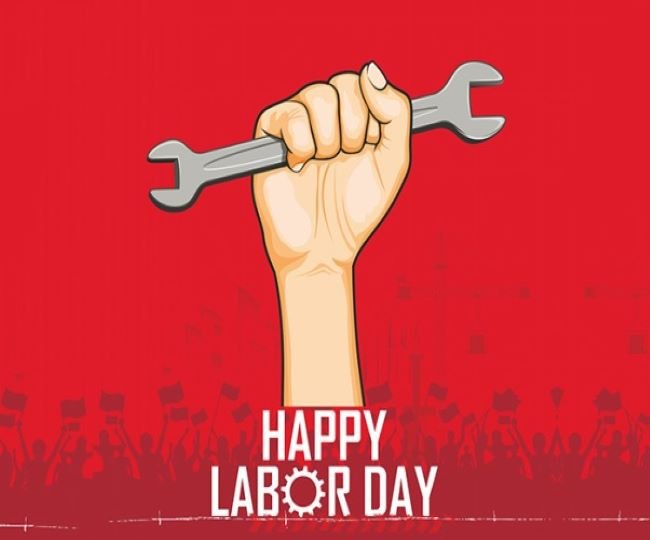By: Vinod Chandrashekhar Dixit
Finance Minister Nirmala Sitharaman presented her fifth straight budget viz, the last full budget of Modi 2.0 govt before the next parliamentary elections in 2024. She has rightly said that the Indian economy is on the right path and heading towards a bright future. We all are aware that the last three years were challenging for the Indian economy. FM has elaborated on the key areas that the government has identified to focus on during the financial year 2023-24. Covid dealt a heavy blow to India’s large informal economy resulting in massive job and income losses. India is currently the fastest-growing large economy in the world.
The Budget mainly focusses on four major points: empowering women, tourism, helping “vishwakarma” (artisans) and green growth. The government with its 7-priorities and a greater focus on Financial Sector and infrastructure and Investment have stepped in the right direction. It is not just a budget, but also a vision document of the ‘Amrit Kaal’ of futuristic India. The Budget is an outstanding as it is disciplined, growth-oriented, inclusive and sustainable.
It is nice that the Finance Minister has made a big announcement for the taxpayers. Now in the new tax regime, no tax will have to be paid on annual income up to Rs 7 lakh. This will provide relief to new entrants in the job market, many of whose salaries would be well within this limit. The new taxation regime has now got greater incentives and attractions so that people can unhesitatingly move from the old to the new. There is no doubt that the budget is an inclusive and futuristic, keeping in mind the empowerment of job professionals, youth, women and farmers as distinctive focus has been laid on infrastructure development, health, employment generation, housing, social welfare, farmers welfare, higher education, innovation and research. Focus on overall infrastructure development and on Tier 2 and 3 cities will be key to overall economic development. The emphasis on core infrastructure, including increased funding for railways and clean energy, as well as the government’s ambitious plans for the agricultural sector, will help to improve rural incomes. States are also being incentivised to spend more on infrastructure. Rs 2.40 lakh crore has been allocated for Indian Railways, which is the highest it has ever been.
As the budget has a vision for growth and development it will give benefit to the people in villages, women, rich or poor. The budget has strongly focused on education to make up for the learning losses incurred during COVID-19. The focus on job creation and skilling in this budget is a step in the right direction to completely rebrand India. The government’s decision to remove tax-free status in insurance policies can potentially have a second-order impact on salaried individuals
India has made rapid strides in infrastructure development in recent years. Projects like Bharatmala’, ‘Sagarmala’ and ‘PM Gati Sakti’ are transforming the economy’s infrastructure. The 66% increase in the allocation to Prime Minister Awaas Yojana to Rs 79,000 crores is a sure boost for affordable housing. It is another step towards the government’s Housing for All missions.
One would have observed that since taking office in 2014, PM Modi has ramped up capital spending including on roads and energy, while pursuing investors through lower tax rates and labour reforms, and offering subsidies to poor households to clinch their political support. It is also encouraging that the budget signals the government’s desire to engage with the tourism sector on a “mission mode” – tourism is a significant economic multiplier on job creation, foreign exchange receipts as well as infrastructure. It is also to be appreciated that there has been an 11% increase in the Sports budget which has now become a total of Rs 3,397 cores and around Rs 1,000 crores will be spent only on ‘Khelo India Games. The move on electric vehicles will help in controlling pollution. Overall Budget has enhanced capital spending, provided tax relief to salaried middle class. (The author is a freelance journalist & a cartoonist. He can be reached at dixitpatrakar@yahoo.in)







